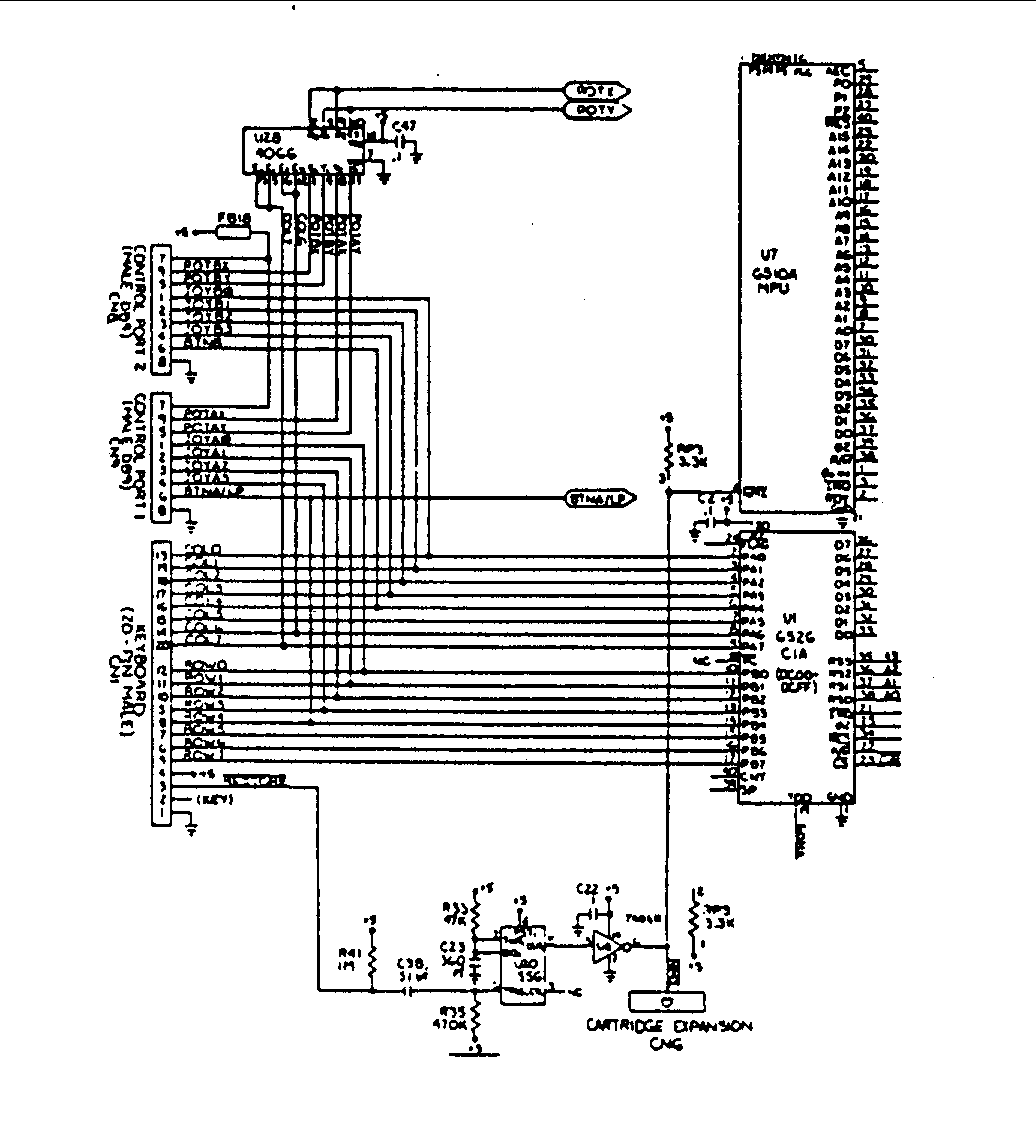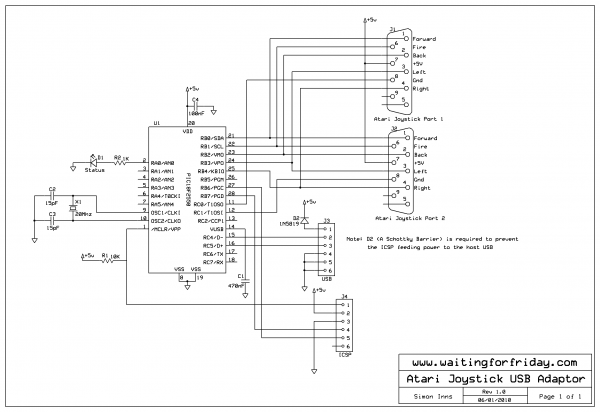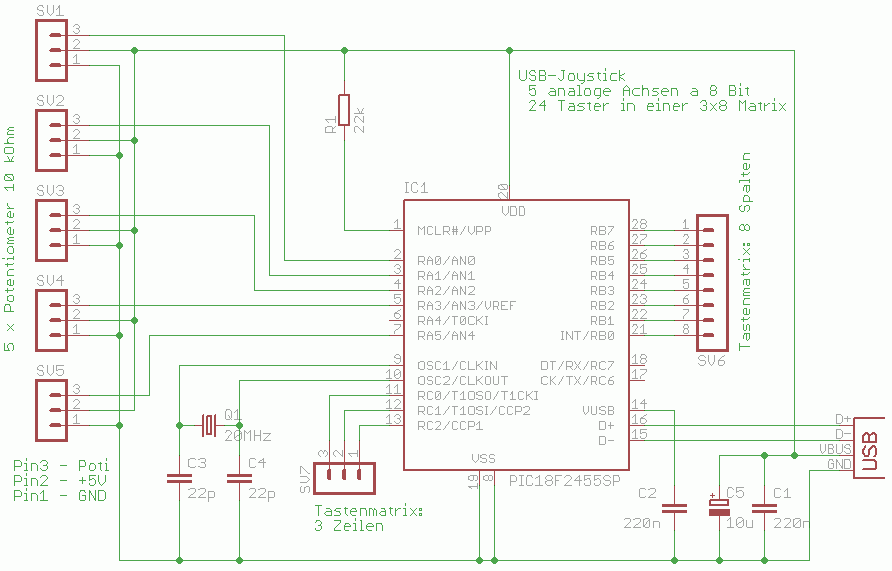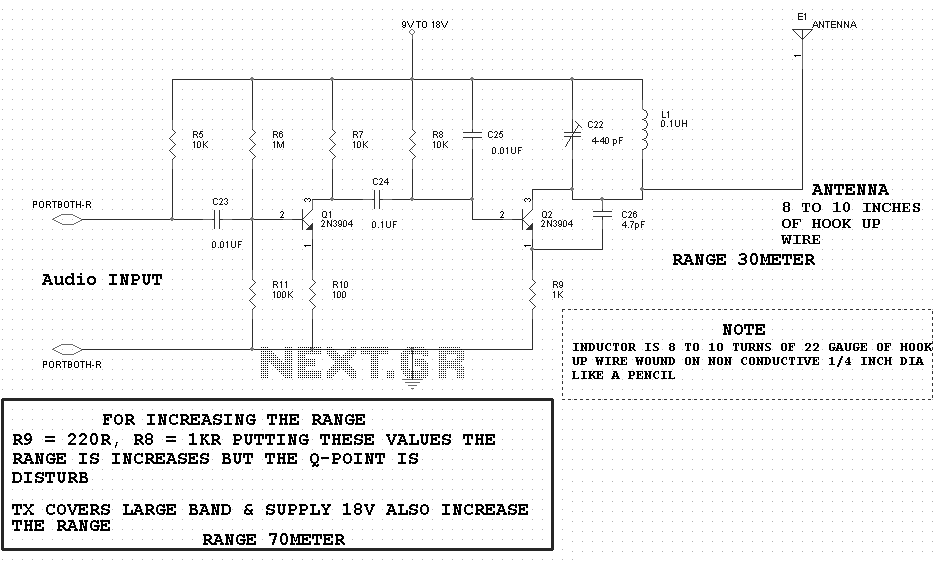
Joystick Interfaces
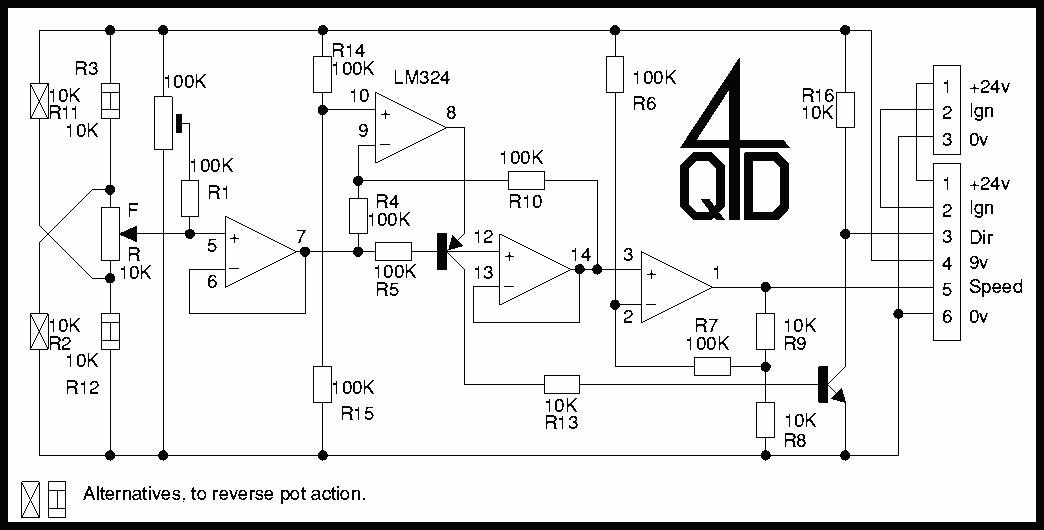
This is a page of analogue interfaces for joysticks. Although these interfaces have been developed for use with 4QD's controllers, they will have plenty of other uses. Also, because of the development history, we have printed circuit boards available (either fully populated and tested or bare boards) for these interfaces. All of 4QD's Motor Controllers require a speed input (typically 0-4 volts) and a separate direction input, so that is what these interfaces provide. Circuits are provided, but as some of these are quite large, as links rather than as embedded GIFs. The index allows you to jump direct to the appropriate section.
The analogue interfaces designed for joysticks serve as essential components for controlling motor drivers, particularly in applications utilizing 4QD's motor controllers. These interfaces are engineered to convert joystick movements into electrical signals that correspond to speed and direction inputs required by the motor controllers. The typical operational range for the speed input is from 0 to 4 volts, allowing for precise control over the motor's velocity. The direction input, which is separate from the speed input, enables the user to dictate the rotational direction of the motor, facilitating forward and reverse operations.
The printed circuit boards (PCBs) available for these interfaces come in two forms: fully populated and tested, or bare boards. The fully populated boards are ready for immediate integration into systems, having undergone thorough testing to ensure reliability and performance. The bare boards provide flexibility for custom applications or modifications, allowing engineers to populate the boards with components as per specific project requirements.
The provided circuits are designed to accommodate various joystick types and can be adapted for different applications beyond joystick control, making them versatile in their use. The links to larger circuit diagrams allow users to access detailed schematics that can assist in the implementation of these interfaces into their systems. The index serves as a navigational tool, enabling efficient access to specific sections related to various interfacing options, circuit configurations, and additional resources associated with the analogue joystick interfaces.This is a page of analogue interfaces for joysticks. Although these interfaces have been developed for use with 4QD`s controllers they will have plenty of other uses. Also because of the development history, we have printed circuit boards available (either fully populated and tested) or bare boards) for these interfaces.
All of 4QD`s Motor Controllers require a speed input (typically 0-4 volts) and a separate direction input, so that is what these interfaces provide. Circuits are provided but as some of these are quite large, as links rather than as embedded GIFs. The index allows you to jump direct to the appropriate section. 🔗 External reference
The analogue interfaces designed for joysticks serve as essential components for controlling motor drivers, particularly in applications utilizing 4QD's motor controllers. These interfaces are engineered to convert joystick movements into electrical signals that correspond to speed and direction inputs required by the motor controllers. The typical operational range for the speed input is from 0 to 4 volts, allowing for precise control over the motor's velocity. The direction input, which is separate from the speed input, enables the user to dictate the rotational direction of the motor, facilitating forward and reverse operations.
The printed circuit boards (PCBs) available for these interfaces come in two forms: fully populated and tested, or bare boards. The fully populated boards are ready for immediate integration into systems, having undergone thorough testing to ensure reliability and performance. The bare boards provide flexibility for custom applications or modifications, allowing engineers to populate the boards with components as per specific project requirements.
The provided circuits are designed to accommodate various joystick types and can be adapted for different applications beyond joystick control, making them versatile in their use. The links to larger circuit diagrams allow users to access detailed schematics that can assist in the implementation of these interfaces into their systems. The index serves as a navigational tool, enabling efficient access to specific sections related to various interfacing options, circuit configurations, and additional resources associated with the analogue joystick interfaces.This is a page of analogue interfaces for joysticks. Although these interfaces have been developed for use with 4QD`s controllers they will have plenty of other uses. Also because of the development history, we have printed circuit boards available (either fully populated and tested) or bare boards) for these interfaces.
All of 4QD`s Motor Controllers require a speed input (typically 0-4 volts) and a separate direction input, so that is what these interfaces provide. Circuits are provided but as some of these are quite large, as links rather than as embedded GIFs. The index allows you to jump direct to the appropriate section. 🔗 External reference
